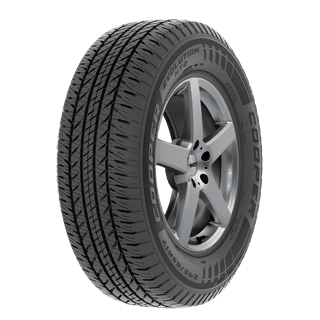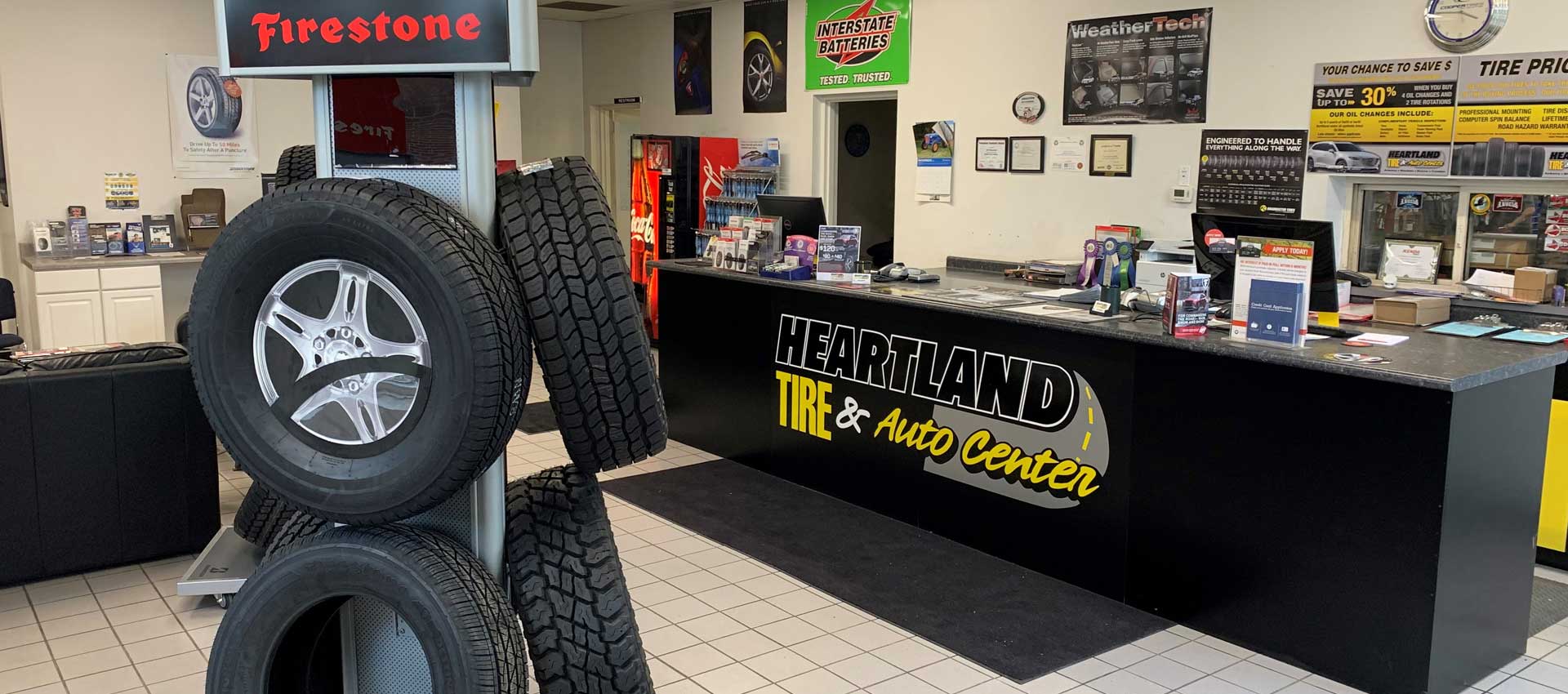Tire Service: Recognizing Tire Pressure Monitoring Equipments
Understanding Tire Pressure Surveillance Equipments (TPMS) is an essential aspect of preserving optimum vehicle performance and safety on the roadway. With advancements in automotive technology, TPMS has ended up being a common attribute in modern-day lorries, supplying real-time information on tire stress degrees.

Significance of TPMS
The significance of Tire Pressure Monitoring Systems (TPMS) hinges on their capacity to boost car security and performance through real-time surveillance of tire stress degrees. Preserving the appropriate tire pressure is essential for guaranteeing optimal handling, stopping, and overall safety of a vehicle. TPMS gives motorists with prompt comments on any type of overinflated or underinflated tires, permitting for prompt modifications to be made.
Components of TPMS
Comprising different crucial elements, a Tire Stress Surveillance System (TPMS) works as an advanced safety feature in contemporary vehicles. The primary parts of a TPMS consist of sensing units, a control module, and a warning indication. Sensing units are commonly situated in the tire shutoff stem or affixed to the wheel assembly, where they gauge tire stress and send information to the control component. If it detects considerably low stress in any of the tires, the control module procedures this info and activates a caution. The caution sign, frequently a sign on the control panel, signals the driver to check the affected tire or tires. Some advanced TPMS designs additionally present the real tire stress readings for each tire, providing chauffeurs with real-time information to guarantee optimal tire performance and safety and security. By keeping track of tire pressure constantly, TPMS assists stop crashes, lowers tire wear, and boosts gas performance, making it an essential element for lorry safety and security and performance.
Sorts Of TPMS

On the various other hand, indirect TPMS depends on the automobile's wheel rate sensing units to keep an eye on tire stress. This system discovers underinflation by contrasting the rotational speeds of the wheels. Indirect TPMS is less pricey than straight TPMS, as it makes use of existing sensing units within the lorry.
While straight TPMS supplies much more precise readings, indirect TPMS is easier in style and commonly needs much less upkeep. Both systems have their benefits and constraints, and the selection in between them frequently depends upon elements such as cost, car make, and personal choice. Understanding the differences in between these 2 kinds of TPMS can aid car proprietors make notified decisions pertaining to tire upkeep and safety.
TPMS Upkeep Tips
Conduct routine checks on the tire stress degrees and compare them with the TPMS readings to ensure they are constant. Throughout tire turning or substitute, make sure that the TPMS elements are handled very carefully to protect against any potential damage. If the TPMS advising light illuminates on the dashboard, attend to the problem promptly by checking the tire pressures and the total system for any faults.
Benefits of Appropriate Tire Stress
Maintaining appropriate tire stress, as stressed in TPMS Upkeep Tips, is critical for gaining the numerous advantages connected with ideal tire pressure levels. One of the key advantages of maintaining the correct tire stress is boosted gas performance. When tires are properly inflated, there is much less rolling resistance, resulting in much better fuel economic climate. Furthermore, proper site tire stress makes sure even tire wear, extending the life-span of the tires and advertising much safer driving conditions. With the appropriate tire pressure, automobiles also have far better handling and grip, especially in unfavorable weather condition problems. This can boost general driving performance and safety and security for the vehicle driver and guests. Preserving optimal tire pressure can add to a smoother and more comfy ride by decreasing vibrations and noise created by underinflated tires. Finally, the advantages of correct tire pressure exceed simply tire longevity; Resources they incorporate boosted gas efficiency, improved safety, much better vehicle efficiency, and overall driving convenience.
Verdict
In conclusion, comprehending tire stress surveillance systems (TPMS) is crucial for maintaining ideal tire stress and guaranteeing automobile safety and security. By identifying the importance of TPMS, knowing with its elements, knowing the various kinds offered, sticking to correct upkeep ideas, and understanding the advantages of keeping correct tire stress, drivers can improve their driving experience and lengthen the lifespan of their tires. Proper tire stress is vital to safe and efficient lorry procedure.
